

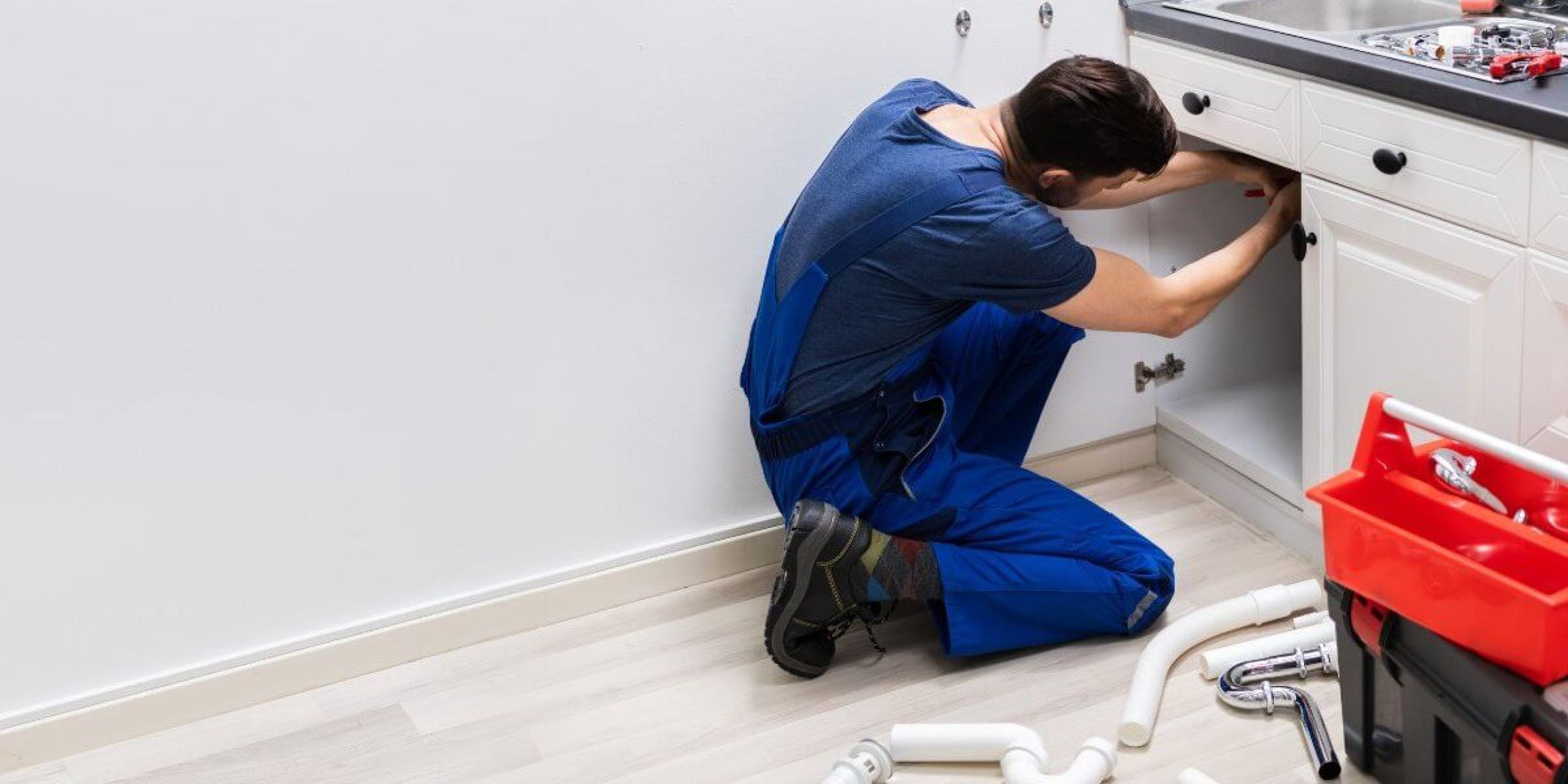
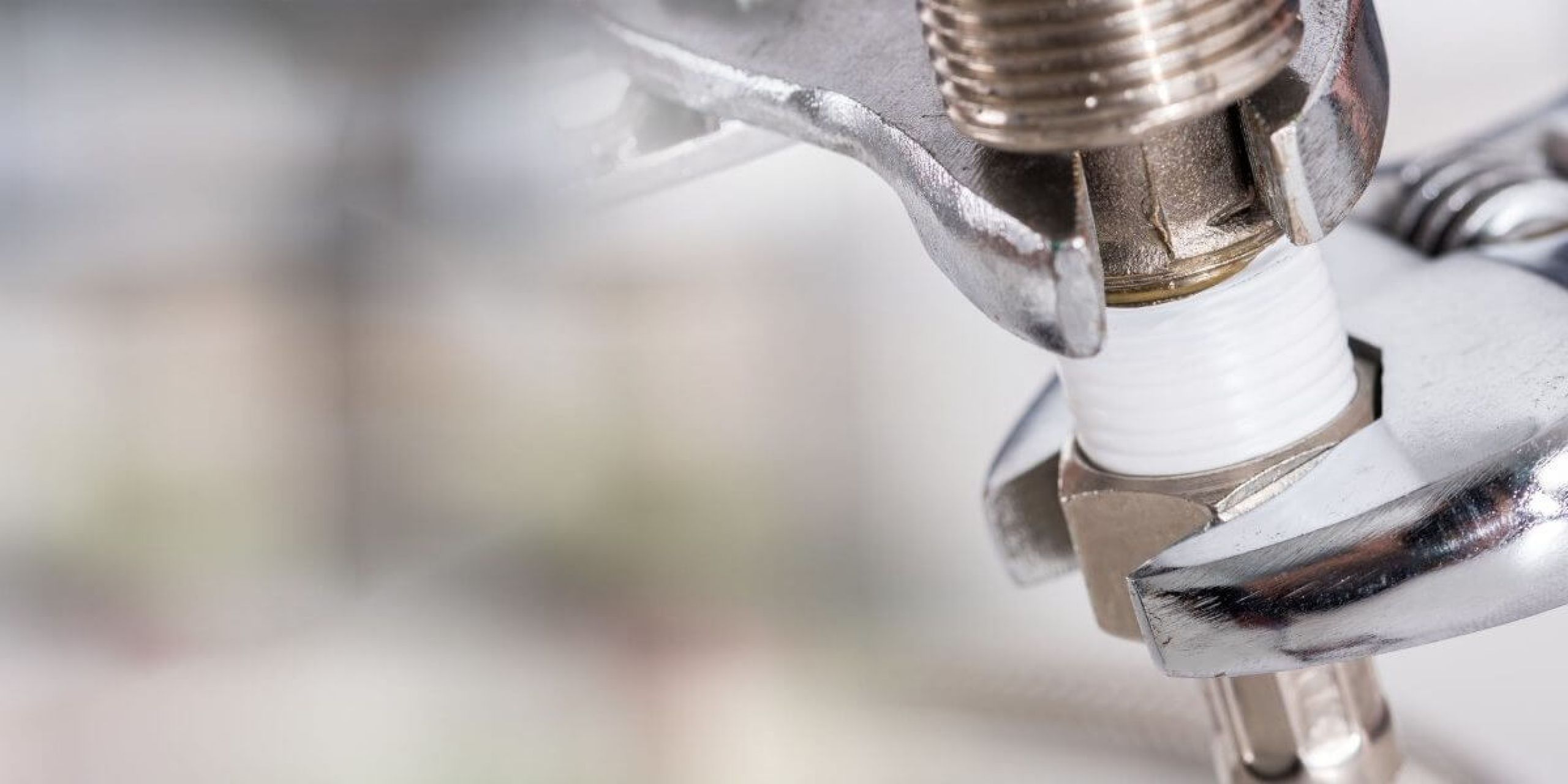
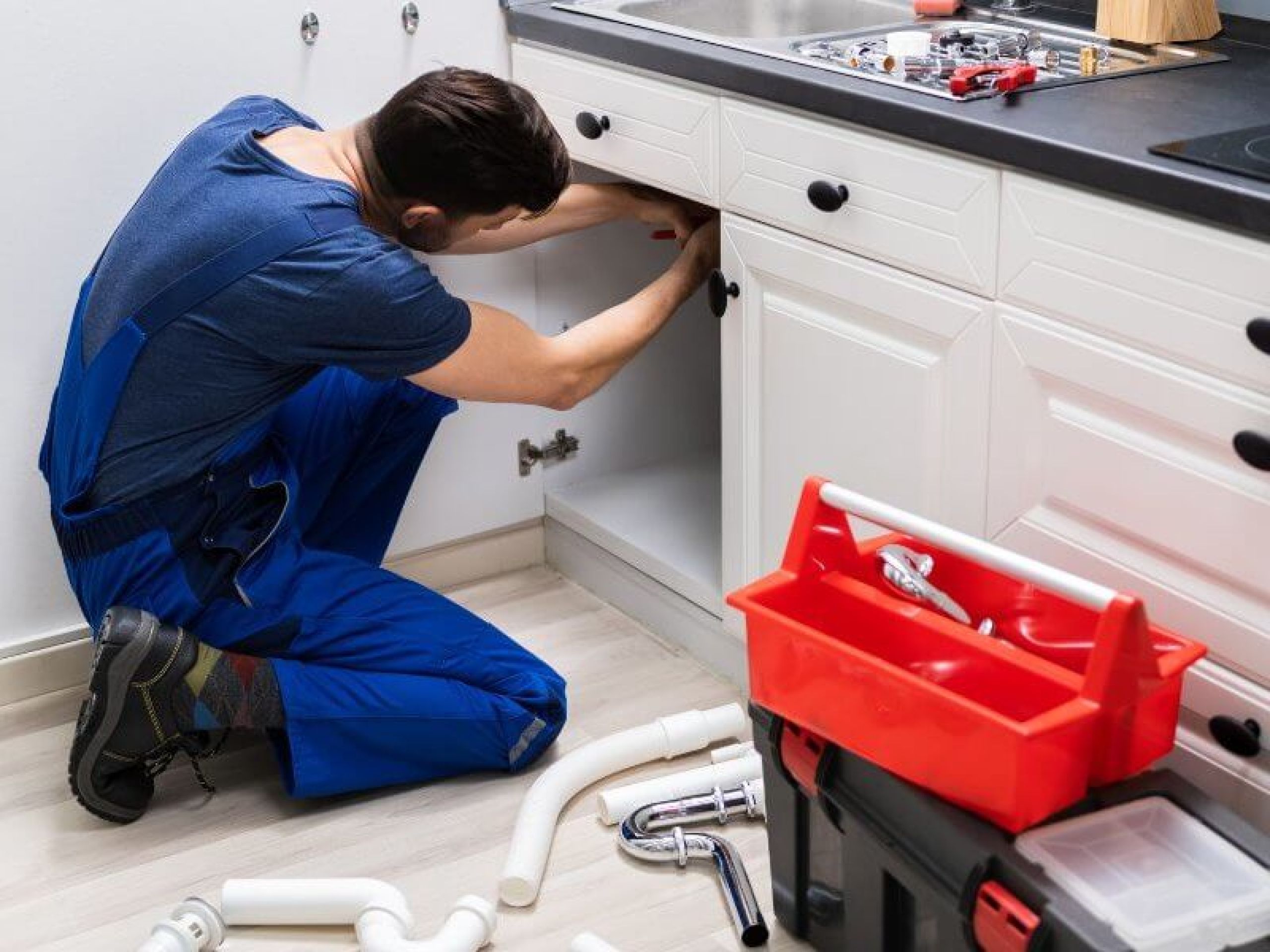
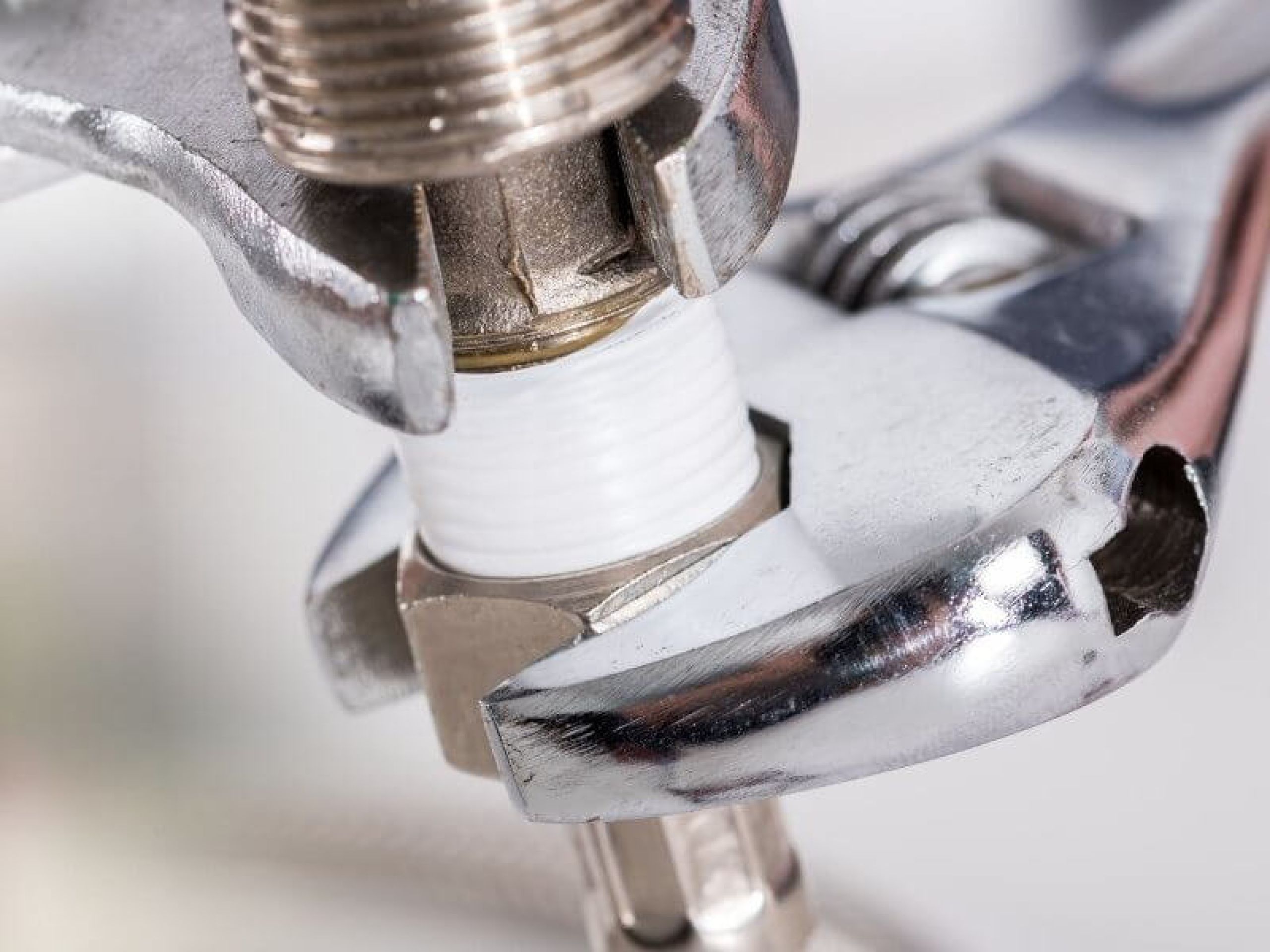

The problem with Polybutylene pipes
Poly-B was used between 1985-1997 in many homes.
approval. That was a mistake.
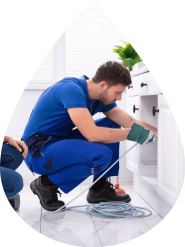
approval. That was a mistake.





Reasons to fix your pipes?
Give us a call
Avoid thousands of dollars in unexpected repair costs
Chlorine in the water supply degrades Poly-B piping over time, which leads to unwanted leaks inside your walls.
Bends in the piping that were appropriate at the time of installation become problem spots once the material begins to weaken and can tear in half. Even hairline fractures from overtightened crimp fittings become leaks as the material splits.
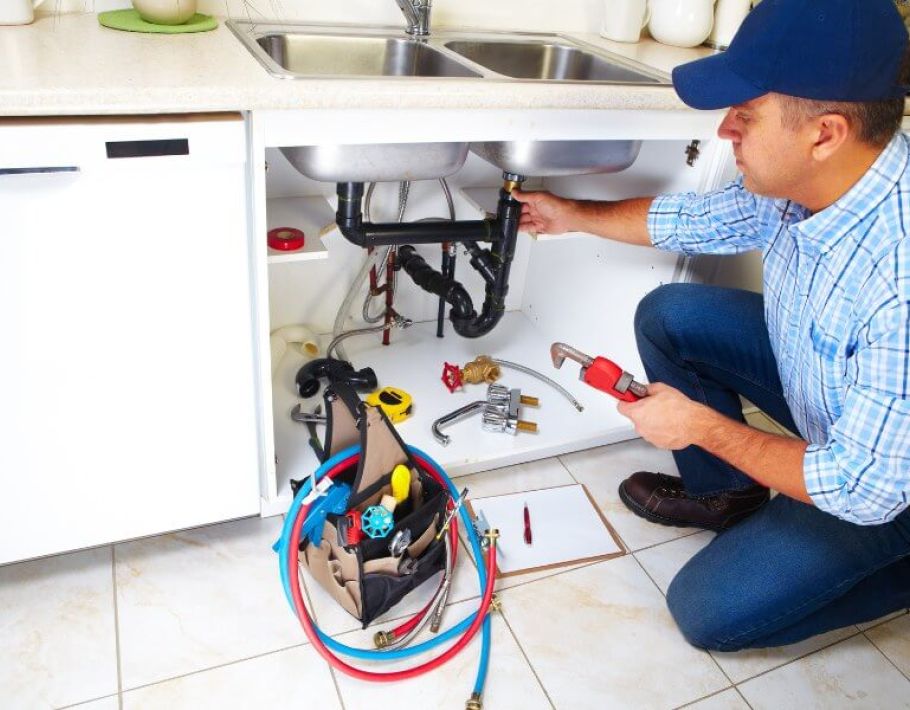
Give us a call
Avoid thousands of dollars in unexpected repair costs
Chlorine in the water supply degrades Poly-B piping over time, which leads to unwanted leaks inside your walls.
Bends in the piping that were appropriate at the time of installation become problem spots once the material begins to weaken and can tear in half. Even hairline fractures from overtightened crimp fittings become leaks as the material splits.
Give us a call
repair costs
Chlorine in the water supply degrades Poly-B piping over time, which leads to unwanted leaks inside your walls.
Bends in the piping that were appropriate at the time of installation become problem spots once the material begins to weaken and can tear in half. Even hairline fractures from overtightened crimp fittings become leaks as the material splits.

Give us a call
repair costs
Chlorine in the water supply degrades Poly-B piping over time, which leads to unwanted leaks inside your walls.
Bends in the piping that were appropriate at the time of installation become problem spots once the material begins to weaken and can tear in half. Even hairline fractures from overtightened crimp fittings become leaks as the material splits.

Poly B Replacement Process
Map & Prepare
Next, we’ll prepare by cutting sections of drywall to access the pipes. These sections are completely different in all houses or multiple residential complexes, as each build is somewhat unique.
Dry-Fitting & Connecting
Dry-fitting means we ensure the pipes fit before turning off your water supply or removing old pipes. This helps minimize water interruption. Once they are in place, we connect to existing fixtures like sinks, showers, laundry, etc. The old system is now removed.
Finishing Touches
We will take you on a walkthrough to confirm you are happy with our work.
Next, we’ll prepare by cutting sections of drywall to access the pipes. These sections are completely different in all houses or multiple residential complexes, as each build is somewhat unique.
Dry-fitting means we ensure the pipes fit before turning off your water supply or removing old pipes. This helps minimize water interruption. Once they are in place, we connect to existing fixtures like sinks, showers, laundry, etc. The old system is now removed.
We will take you on a walkthrough to confirm you are happy with our work.
Do I have poly-b pipes in my home? How can you know?
Our plumbers specialize in Poly-B pipes and can inspect your building.
These pipes are often found under your sinks, basement ceiling, shower, etc. Checking for metal does not work as the metal fittings can give a false positive. A visual inspection is required to know for sure. We know where to look, and how to identify any problems with your plumbing. Next, you’ll be given a report to discuss your options moving forward. Let’s chat.
in my home? How can you know?
These pipes are often found under your sinks, basement ceiling, shower, etc. Checking for metal does not work as the metal fittings can give a false positive. A visual inspection is required to know for sure. We know where to look, and how to identify any problems with your plumbing. Next, you’ll be given a report to discuss your options moving forward. Let’s chat.
in my home? How can you know?
These pipes are often found under your sinks, basement ceiling, shower, etc. Checking for metal does not work as the metal fittings can give a false positive. A visual inspection is required to know for sure. We know where to look, and how to identify any problems with your plumbing. Next, you’ll be given a report to discuss your options moving forward. Let’s chat.